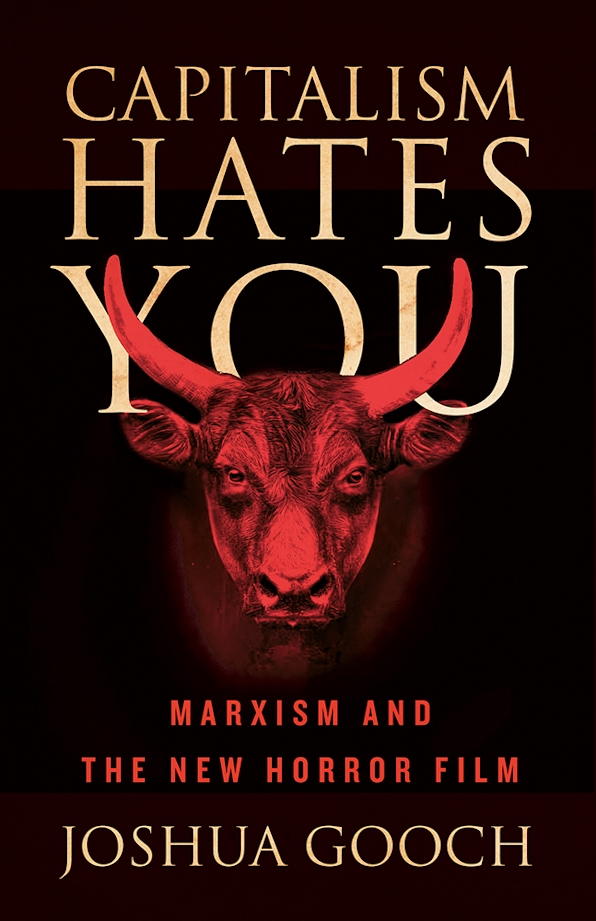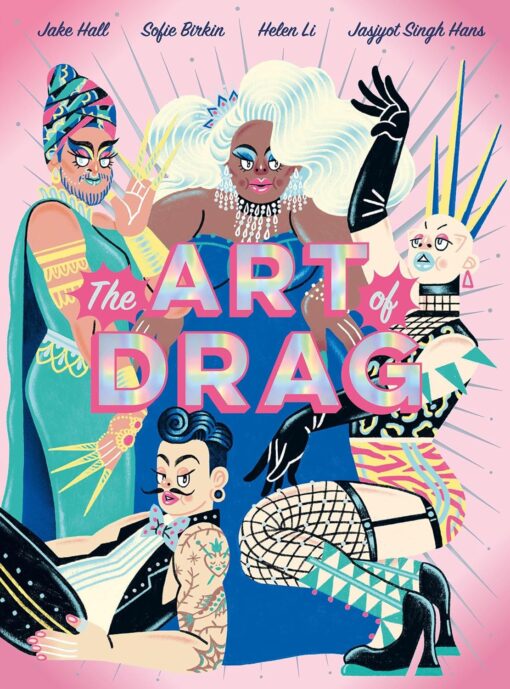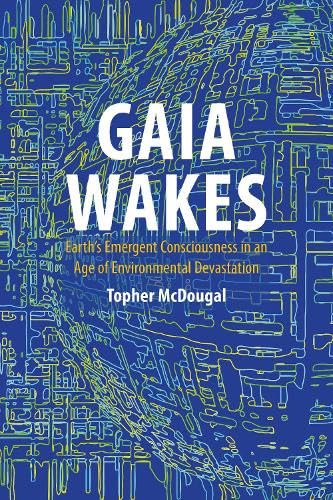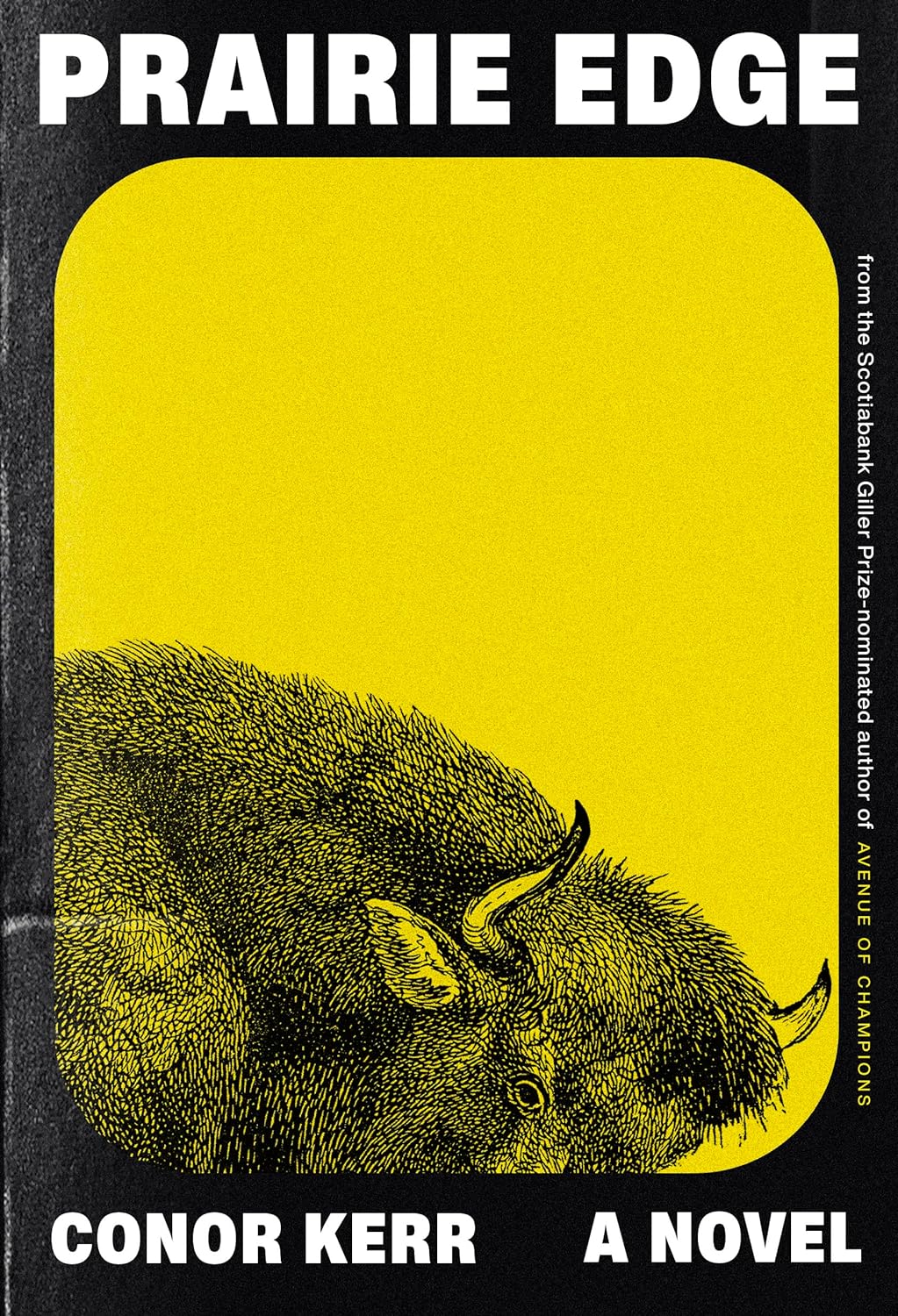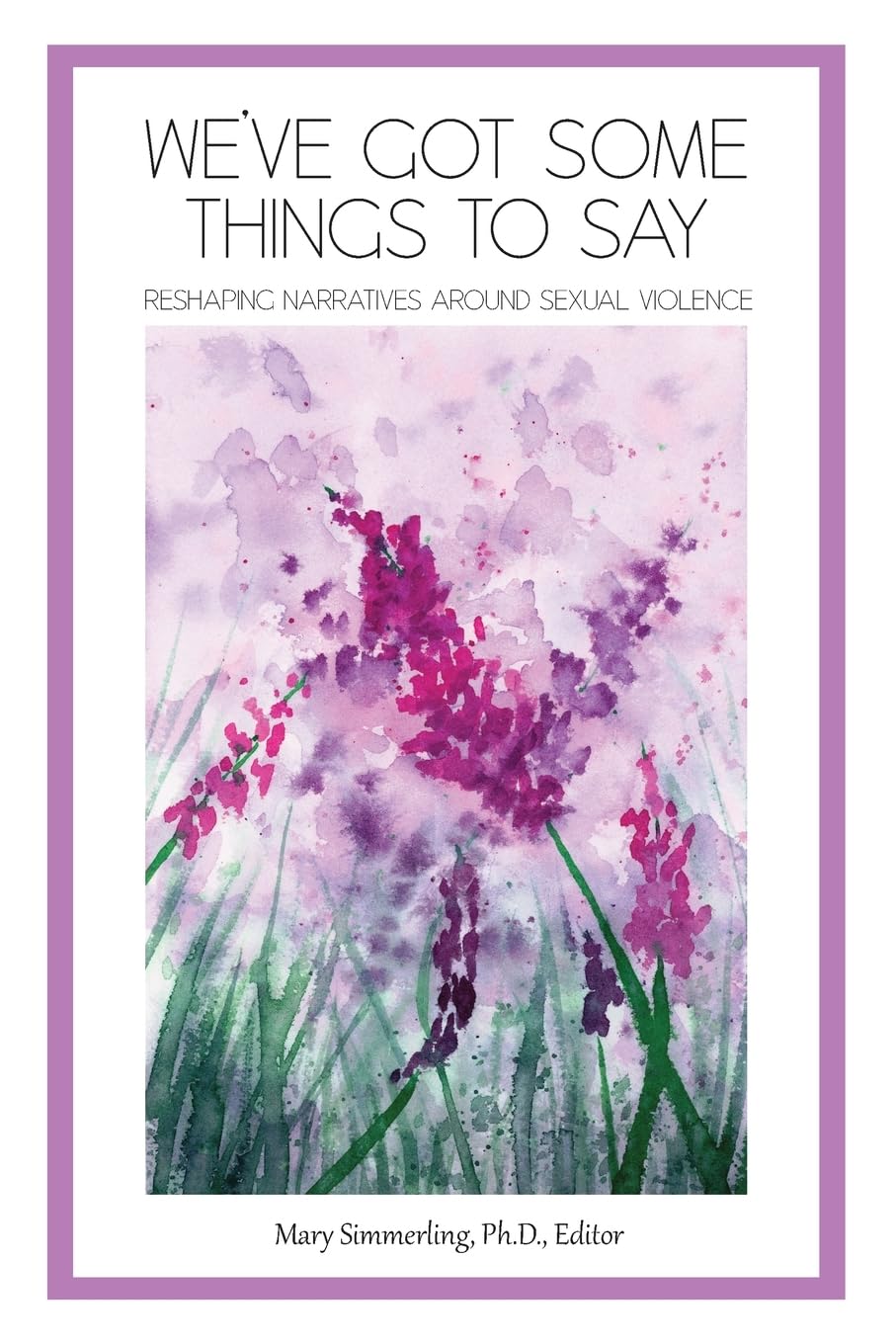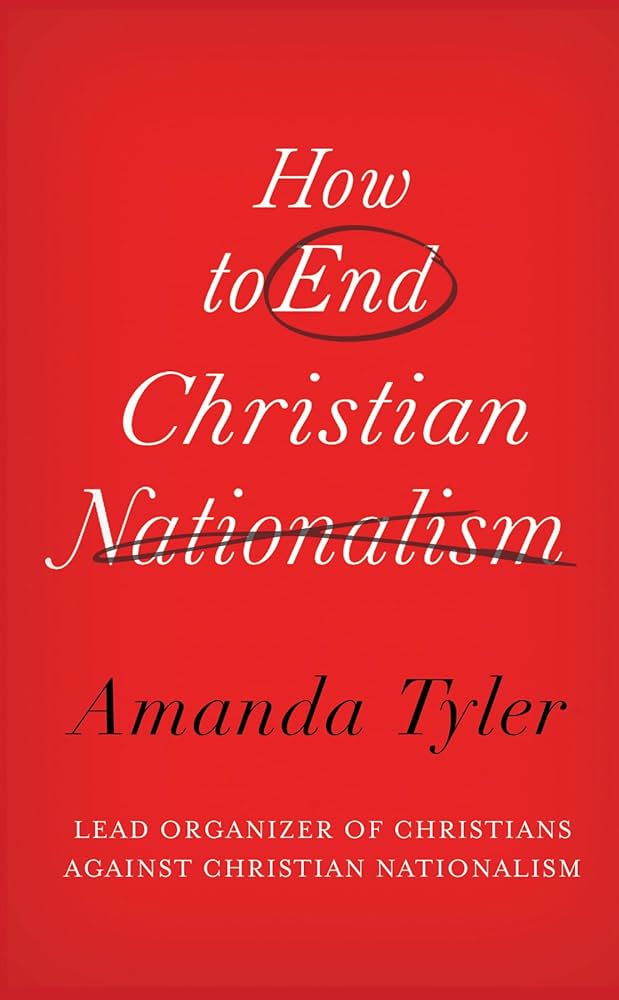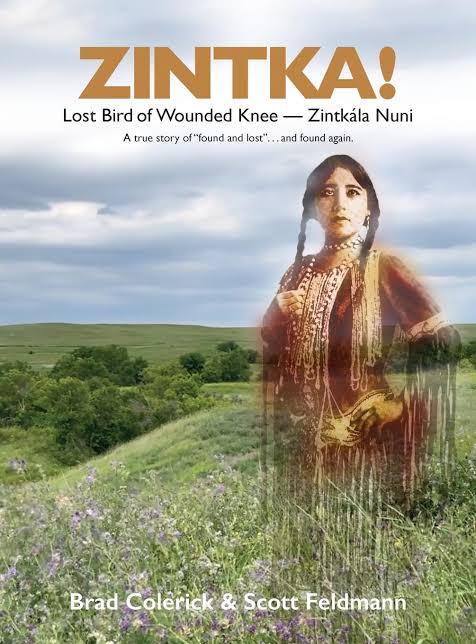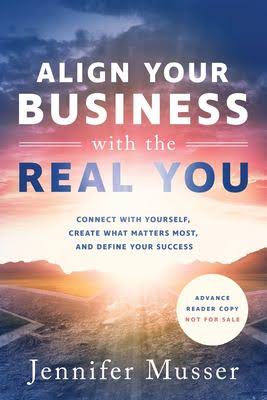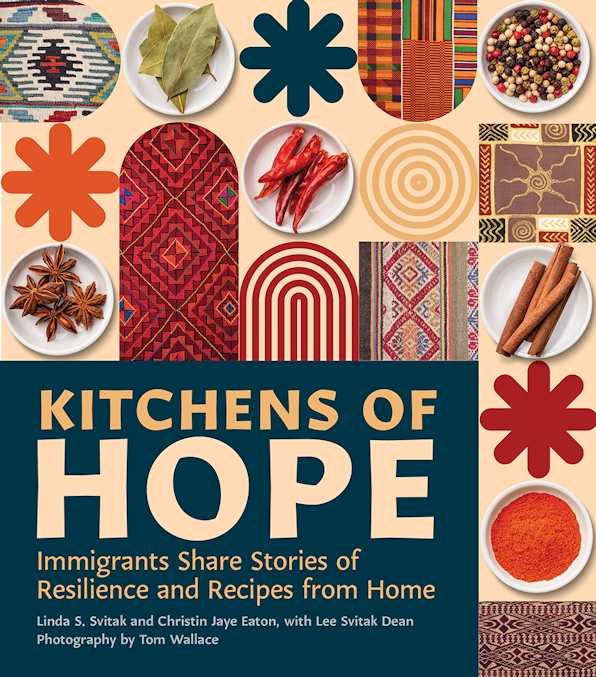 |
| Published by the University of Minnesota Press |
Food is one of the most enduring ways families and communities keep their stories alive, carrying traditions across generations through recipes and shared meals. For immigrants, a favorite dish from home can be more than just sustenance—it becomes a bridge between past and present, a way of holding on to culture while navigating the uncertainties of a new life in the United States.
In “Kitchens of Hope,” editors Linda S. Svitak, Christin Jaye Eaton, and Lee Svitak Dean present a rich tapestry of first-person stories and recipes from immigrants who have found a home in Minnesota. The collection is a global journey, featuring voices from Afghanistan, Cuba, Liberia, Ukraine, and beyond. Each narrative is a unique thread in the fabric of human experience, inviting readers into personal journeys of hardship, resilience, and renewal, showing how food can ground and sustain people through profound change.
With Tom Wallace’s evocative photography, "Kitchens of Hope" is not just a cookbook, but a living cultural archive. The images capture the beauty of the dishes and the depth of the traditions they represent. Many contributors share their stories of leaving countries torn by war and upheaval, while others recount their experiences of seeking education, work, and new opportunities in the United States. No matter their journey, every story ends with a recipe—a gift of memory, survival, and love.
Proceeds from the “Kitchens of Hope” project, a labor of love by the editors and contributors, will be donated to the Minnesota nonprofit Advocates for Human Rights. The global organization provides free legal assistance to asylum seekers, people in detention, unaccompanied minors, and others who need support with human rights issues.
